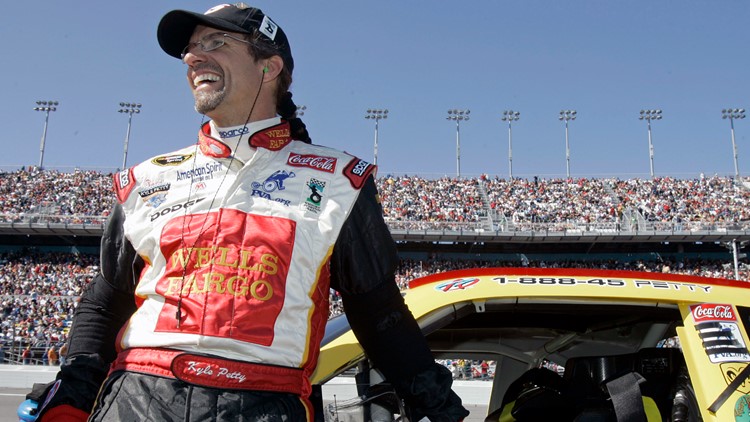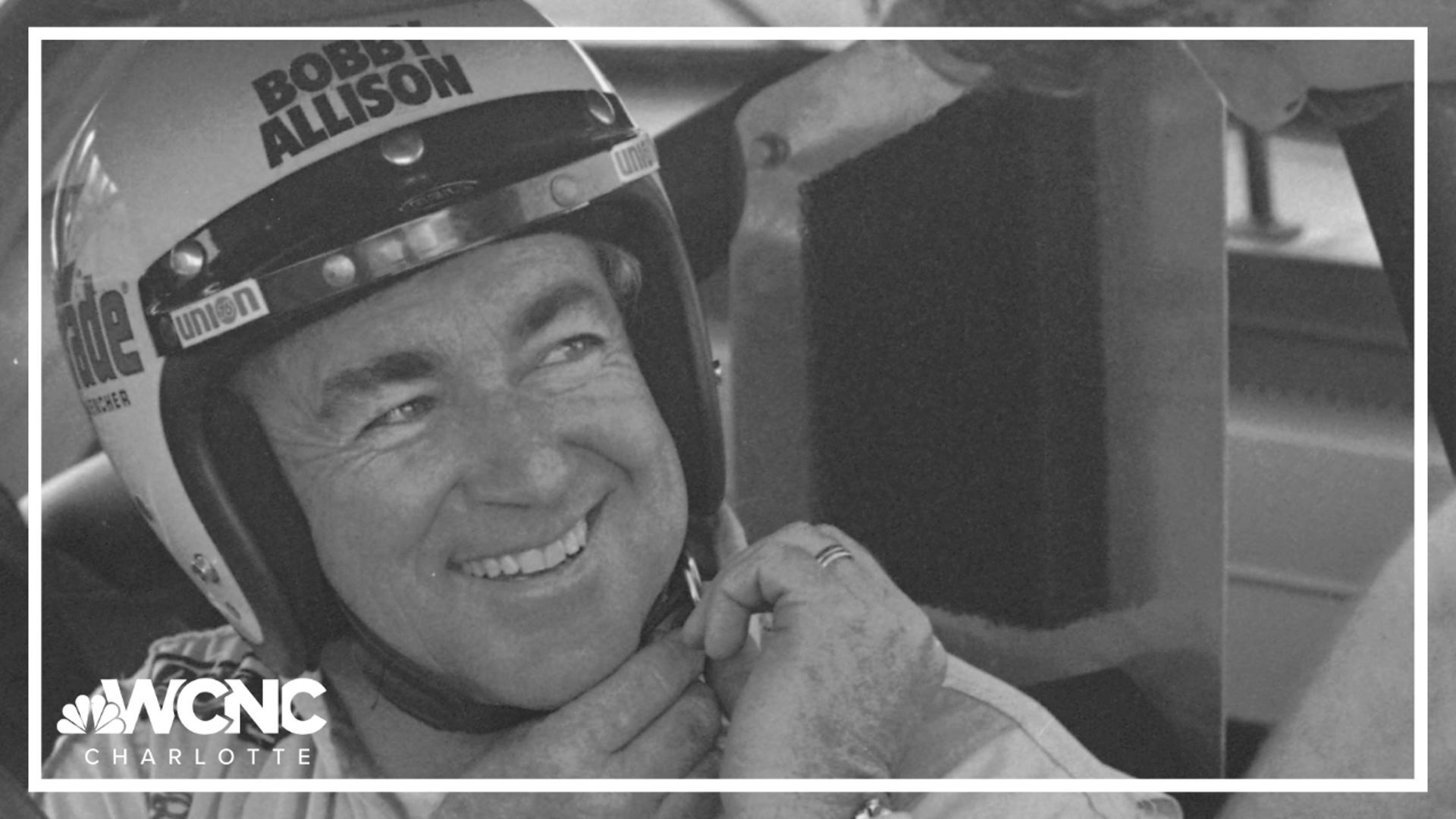CHARLOTTE, N.C. — Just Kyle.
Those two words summarize Kyle Petty as an authentic person true to his nature, according to him and his Twitter bio.
Petty uses a few thousand more words in his biography Swerve or Die, which was released on Aug. 9.
The book details the story of the Pettys, one of racing's most legendary families. From Lee Petty's earliest forays into racing as the family patriarch to Richard Petty's rise to become NASCAR's "King," to Kyle entering the racing scene, and even his son Adam's brief and a tragic bout with racing, Swerve or Die covers it all. Petty additionally adds accounts of his efforts away from racing and focuses most of the book on his personal story.
The decision to write the book came after Petty began writing down many of the stories he had told others about his life over the years. It was his wife, Morgan, who encouraged him to formally publish them in a biography.
"I had no idea what to do with [the stories]. My wife said you need we need to get in touch with somebody," Petty said. "So I called my agent and they hooked me up with Ellis Henican."
Henican previously helped former NASCAR driver Michael Waltrip write In the Blink of an Eye: Dale, Daytona, and the Day that Changed Everything and was similarly able to work with Petty to put together his collection of stories.
Petty would meet with Henican in Ballantyne and chat with him virtually to construct the story of his family and personal history. He was able to piece together memories that he didn't even remember at first.
"Some things stick out in life, like the tragic things for sure. The low moments and the very high moments stick out," Petty said. "There are so many things that you just do remember and I don't think you I don't even think you realize that you remember until you start talking to someone and they ask the right questions."
Swerve or Die recounts the Petty family's humble beginnings in Randolph County, North Carolina to their rise in prominence in NASCAR's premier division.
According to the book, Lee began racing as a way to support his family. He had been racing a few years already when he competed in the first NASCAR race in June 1949. He finished 17th in the 33-car field at Charlotte Speedway.
Lee went on to win 54 NASCAR Cup Series races and three championships and solidified himself as a dominant driver in the late 1950s.

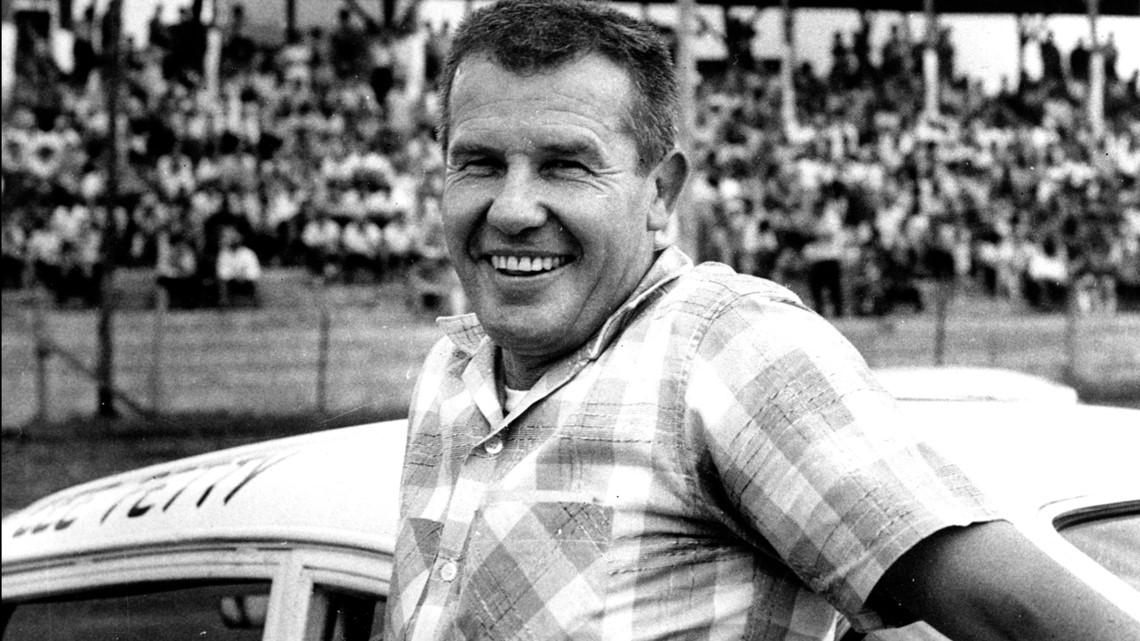
During Lee's peak, Richard began racing in 1958. Richard quickly raced his way up to being one of the league's finest competitors. From 1960 to 1984, Richard won an unprecedented 200 races and seven championships. Both of these stand as NASCAR records.
Like his father, Kyle took an early interest in racing and expressed to his father that he too wanted to be a race car driver.
"[Richard] said, 'Okay, but you have to work in every part of the shop for at least a year, before we even talk about it,' Petty remembered. "So that was the engine shop, the Body Shop, the fab shop, the mechanical shop, the parts shop, the way he laid it out, I was gonna be about 92 By the time I got that got the drive a car."
Petty said he would spend hours after school in his teen years going to work in the shop with his dad. He would compete in high school football games and then drive to wherever in the country his dad was competing to help out.
Eventually, Richard allowed Kyle to race and his first start in NASCAR came when he was just 19 years old.


Petty recalled the first time he competed at Daytona in 1979 and expressed how exhilarating it was for him and his dad to both win at the track in the same timeframe. Kyle won his first and only start in the ARCA Menards Series on Feb. 11, 1979, and then Richard won the Daytona 500 in the NASCAR Cup Series on Feb. 18.

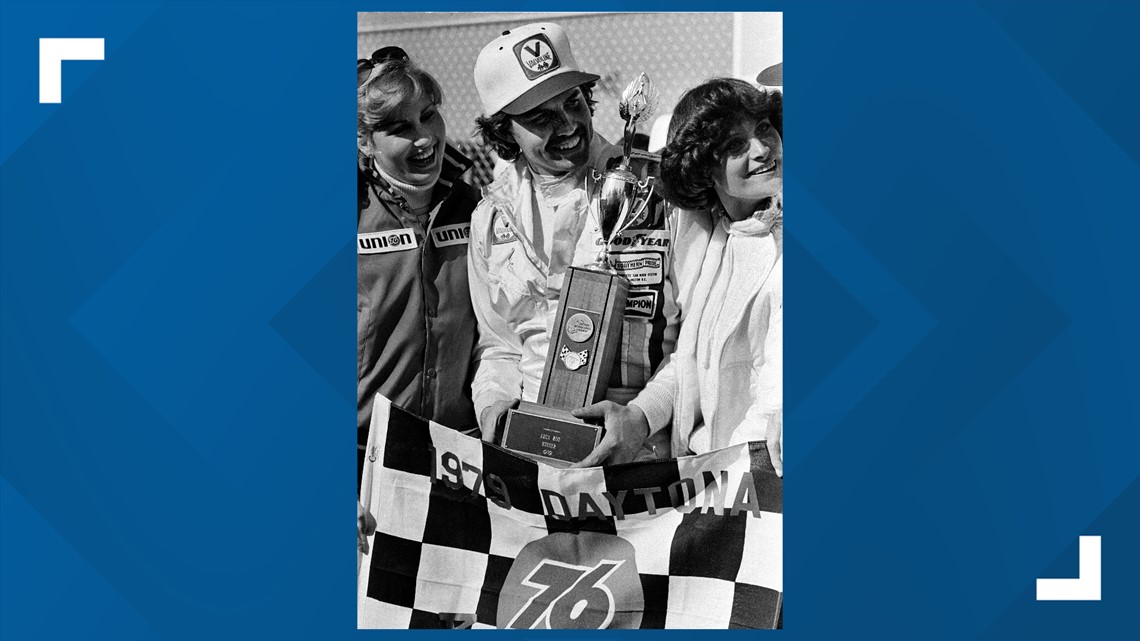
After that, Kyle began running full-time in the NASCAR Cup Series beginning in 1981 for Petty Enterprises. He stuck with the family team until the mid-80s when he says the team was struggling financially which caused him to seek other opportunities.
Kyle switched from one legendary team to another when he began racing for Wood Brothers Racing in 1985. He stayed with the team until 1988 and won his first two NASCAR Cup Series races with them, including the 1987 Coca-Cola 600 at Charlotte Motor Speedway.
He says the early part of his career was tough because of logistical challenges faced by the teams he ran for and he had to deal with a lack of racing experience.
"When I drove for my dad, I had no experience and first two or three years I was 21,22, 23," said Petty. "By the time I went to Woods Brothers, they had never run all the races. They only ran 10 or 15 races a year. So it took us a couple of years at the Woods Brothers to get used to running all the races."
Following Petty's departure from Wood Brothers Racing, he joined Felix Sabates's SABCO Racing team to pilot the No. 42 Mello Yello Pontiac. It was with this team that Petty saw his best success in NASCAR. Petty won five races between 1990 and 1993 and was a championship contender in 1992.
"Felix had everything it took to put together a winning team very, very quickly," Petty said. "We were winning races and we would win at least one race a year before we began to fall off."

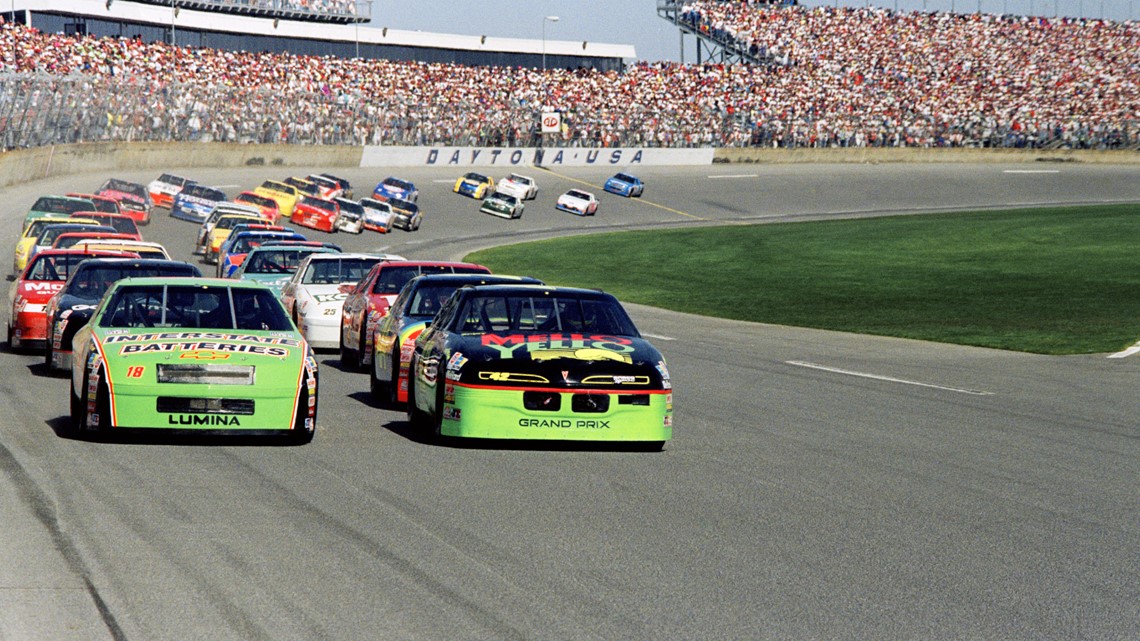
Petty won his last race at Dover in 1995. A couple of years later, he was out of SABCO Racing and started his own team, PE2 Motorsports with a memorable Hot Wheels sponsorship.
"The reason I started my own team was because my granddad had given my dad a place to race, my dad had given me a place to start so I felt like I needed to have a company that I could give Adam a place to start," Petty said. "So when I started that team, it was solely to give Adam a place where he could drive a racecar. So that's what that's the only reason I left Felix."
Petty averted all of his efforts in the late 1990s to preparing his son Adam for his racing career. Adam, the first fourth-generation NASCAR driver, and possibly the first fourth-generation professional athlete, began racing in the NASCAR Xfinity (then Busch) Series in 1998 and scored multiple Top 5s in 1999. Like his father, Adam won his first start in the ARCA Series at Charlotte Motor Speedway at the age of 18.
It was presumed Adam would be the future of Petty Enterprises. He made one NASCAR Cup Series start at Texas Motor Speedway in 2000, finishing 40th.
Tragically, Adam did not get to live out this role. He died after crashing in practice at New Hampshire Motor Speedway on May 12, 2000. He was one of two NASCAR drivers to die at the track that year; Kenny Irwin Jr. would die in a practice crash in July at the track.
Stricken with grief, Kyle missed most of the remaining races on that year's schedule.
His son's loss of life has been the subject of many stories about Kyle over the years. Still, he says he does not get tired of talking about Adam's death and how he hopes his memory can continue to live on.
"As long as I'm talking about him or as long as somebody is talking about him then that's good," Kyle expressed. "I think I feel different talking about it now that I've written a book. Because I've kind of made peace with a lot of things."
After Adam's death, Kyle founded Victory Junction, a camp for children with serious illnesses. According to the charity's website, Adam would often visit children in pediatric care and sought to help them in any way he could.
"We've seen 100,000 kids have come through our REACH program and through the camp since 2004 who have had an opportunity to just be kids to be empowered by the camp to climb a rope for the first time, to ride a horse for the first time, and catch a fish for the first time," Kyle said. "So that's a blessing in so many ways."

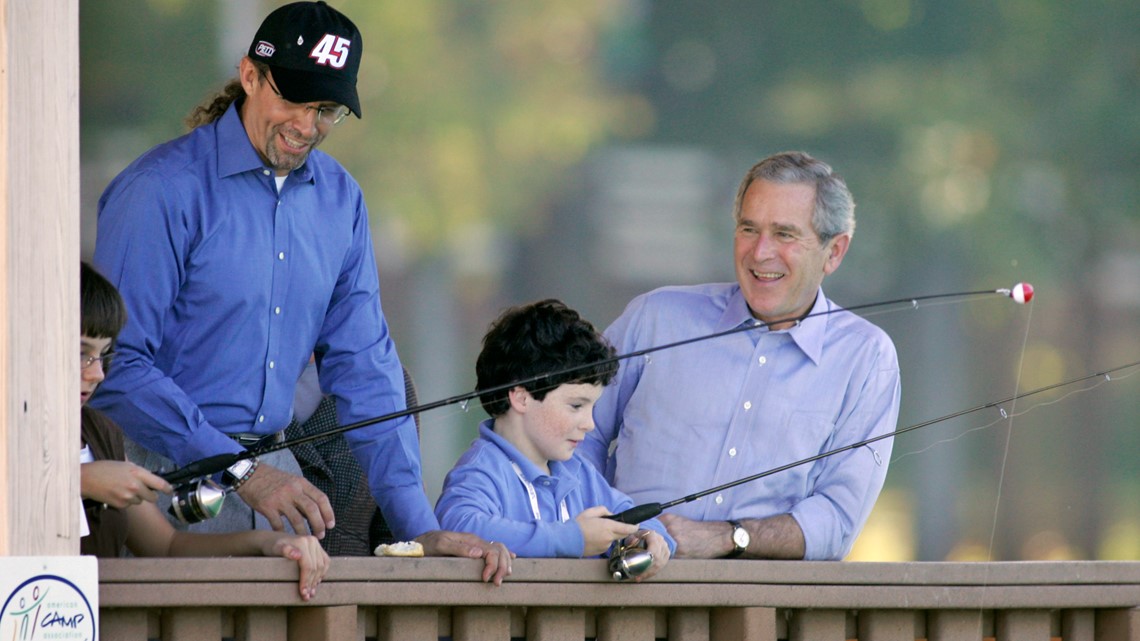
Kyle continued to race until 2008. After his retirement, he's stayed around NASCAR as an analyst for TNT and NBC Sports.

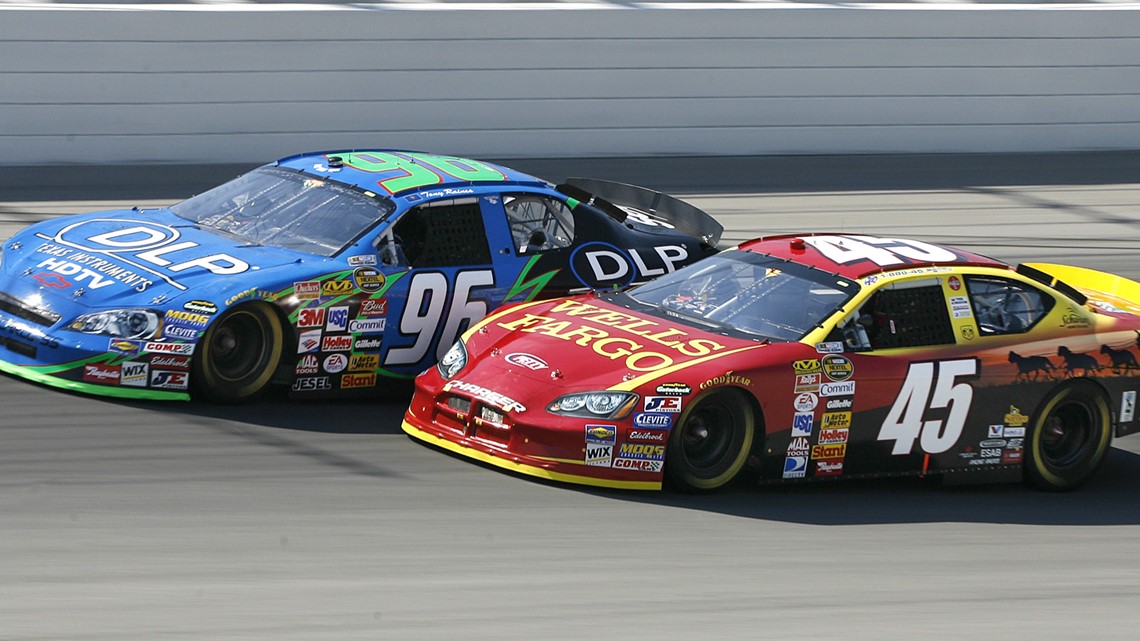
All of these life experiences are mentioned in Swerve or Die, including an interesting tidbit about his ventures as a musician.
Kyle gave a shot at being a country singer in the 1980s and even released a single, "The Other Guy," and was planning to release an album but the deal never materialized. He eventually was featured on the NASCAR-themed Country compilation Runnin' Wide Open.
"For a couple of years, I would leave the Greensboro airport and fly to Atlanta and I played a bar down there every Wednesday night for about a year and a half," Kyle said.
He had the chance to open for the Oak Ridge Boys, Randy Travis, and Hank Williams Jr., among others. Another musically related thing to happen to Kyle is the rock band Soundgarden naming a song, "Kyle Petty, Son of Richard" after him. He says that song elevated him, "about 16 notches in the cool department."
Kyle's musical endeavors have continued to this day. He says he practices on his guitar every day. It was his musicianship that gave him the idea for his book's title.
"I wanted something to hook you like the hook of a song," Kyle said. "And when you read the book, there are moments that I could have laid down but you had to swerve if your life took a swerve, and you didn't stop, you didn't die. And I think that's what the book tails and that's the way I've always lived."
The next generation of Pettys are Kyle's youngest children, who are between the ages of 2 months and four years old. He says if any of his kids want to become race car drivers, he will support them all the way.
"The conversation is going to be just like it was with Adam. I will help you do to the best of my ability to get you where you need to be. I can't drive the car. I can't I can't make the decisions. But I can introduce you to people," Petty. said. "If that's what they want to do, then I'm for it. If they want to play golf, I'm for it. If they want to own a coffee shop, I'm for it because it's whatever makes you happy. You get one shot to walk on this earth."
That mentality has carried Kyle throughout his life. With his long hair kept up in his signature ponytail, an earring he sported throughout the 1990s, and sometimes eccentric wardrobe, Kyle has always stuck out from the NASCAR mold. But he says he's just being himself.
"I grew up in a family that allowed us to be who we were. My mom was amazing. And my dad allowed us just to be the people," Kyle said. "I might have had long hair, and worn an earring back in the 90s and stuff. Richard Petty still wears a cowboy hat and dark glasses everywhere he goes. That's not exactly normal when you look at it."
He may have done things a little differently but that's just Kyle.
Swerve or Die is out now and can be purchased at Amazon, Barnes and Noble, and several literature retailers.


